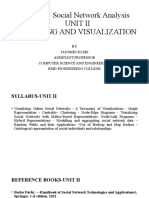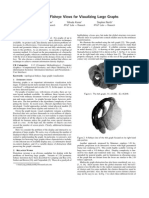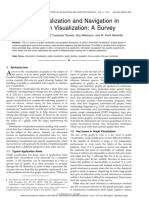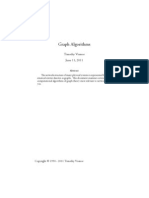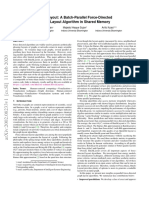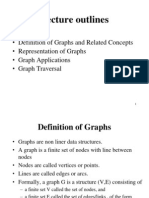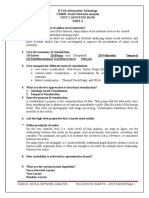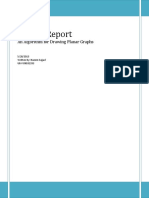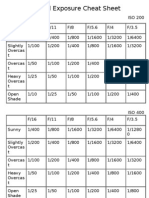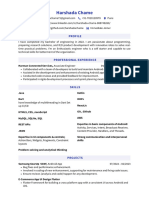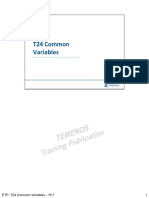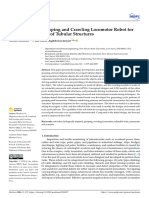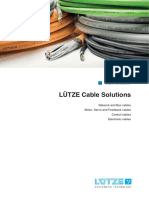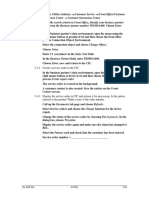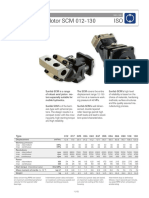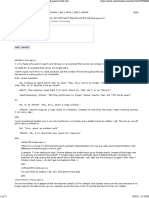0% found this document useful (0 votes)
7 views65 pagesLectureNoteWeek4 Q3 2025
Uploaded by
Diana WuCopyright
© © All Rights Reserved
We take content rights seriously. If you suspect this is your content, claim it here.
Available Formats
Download as PDF, TXT or read online on Scribd
0% found this document useful (0 votes)
7 views65 pagesLectureNoteWeek4 Q3 2025
Uploaded by
Diana WuCopyright
© © All Rights Reserved
We take content rights seriously. If you suspect this is your content, claim it here.
Available Formats
Download as PDF, TXT or read online on Scribd
/ 65








